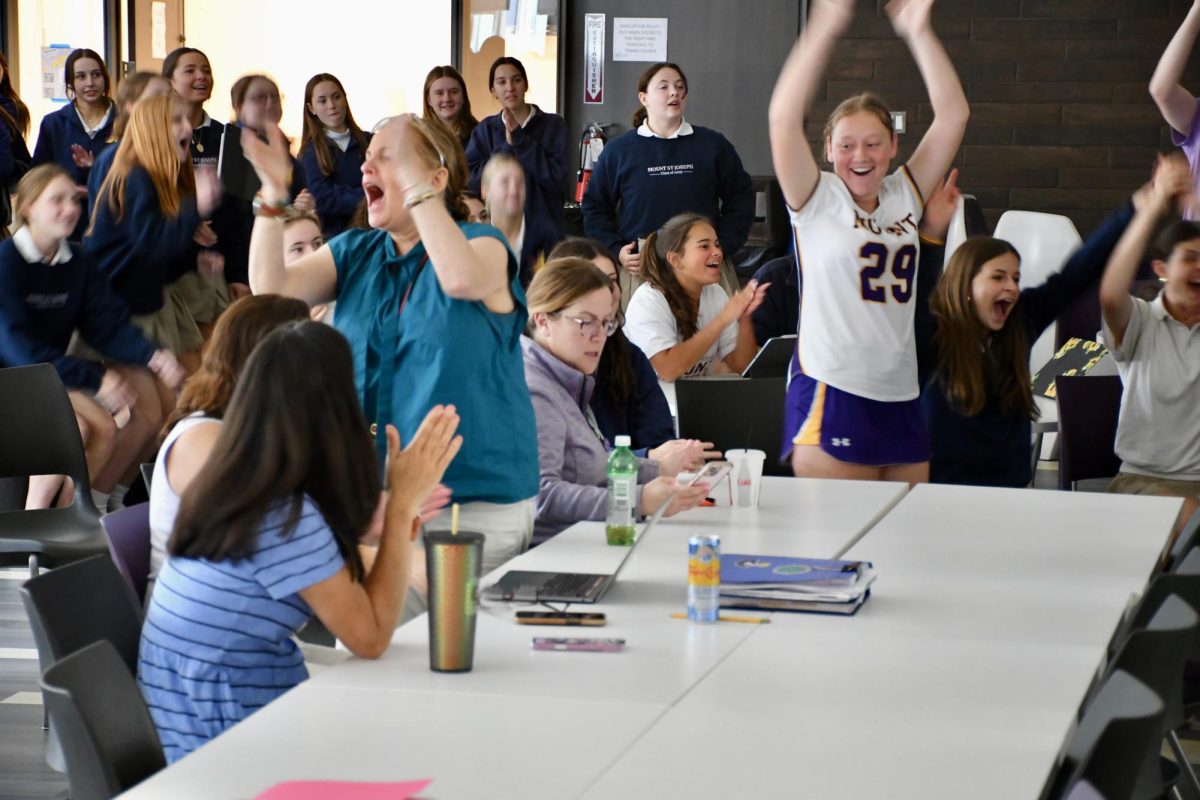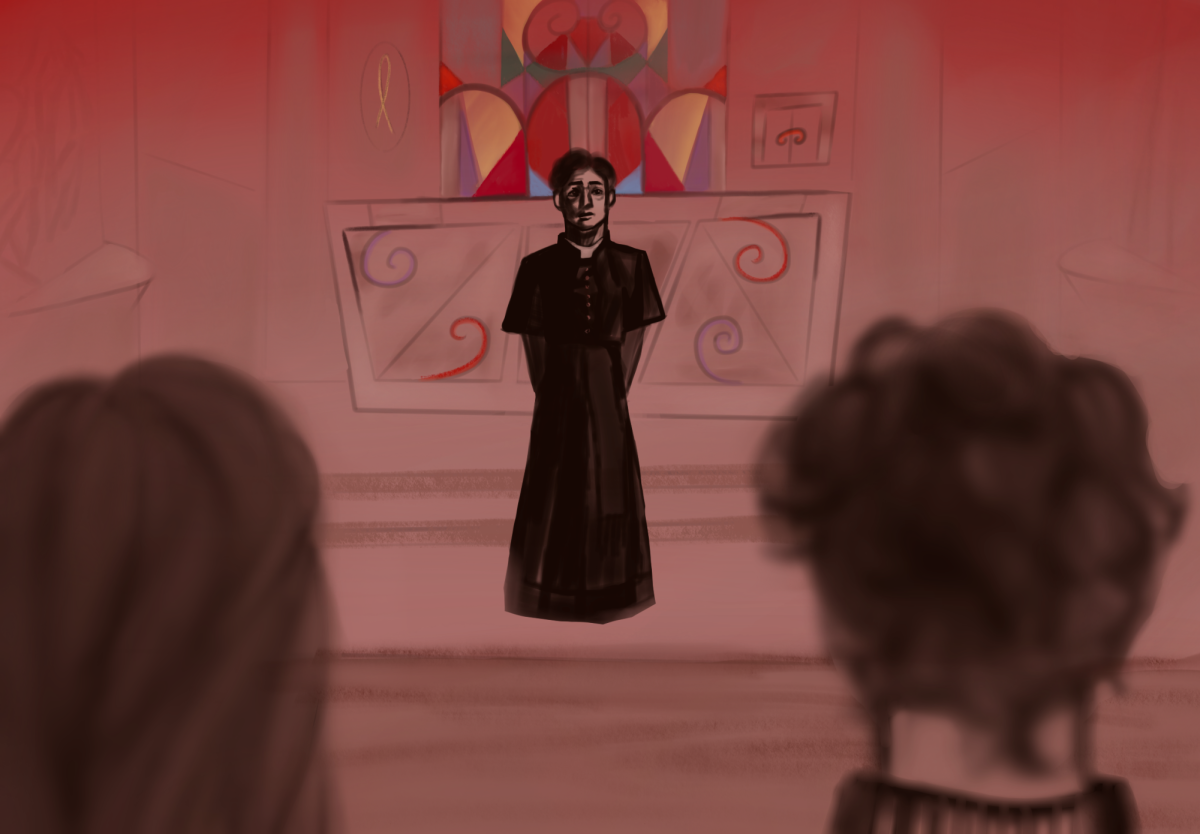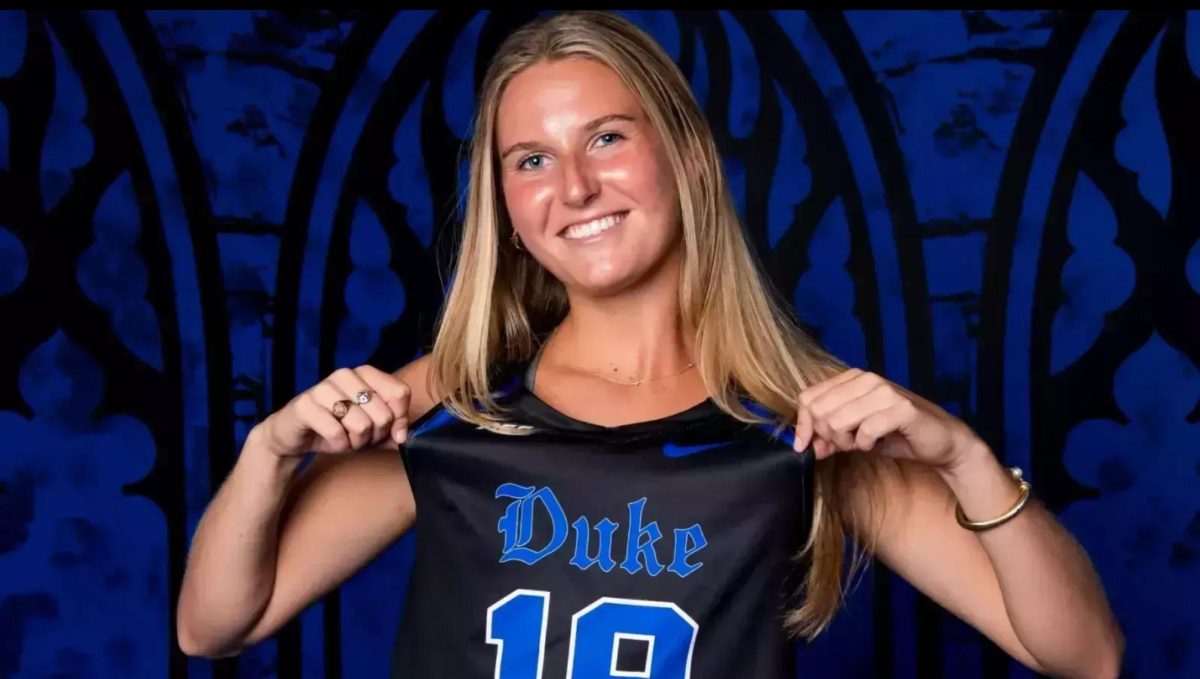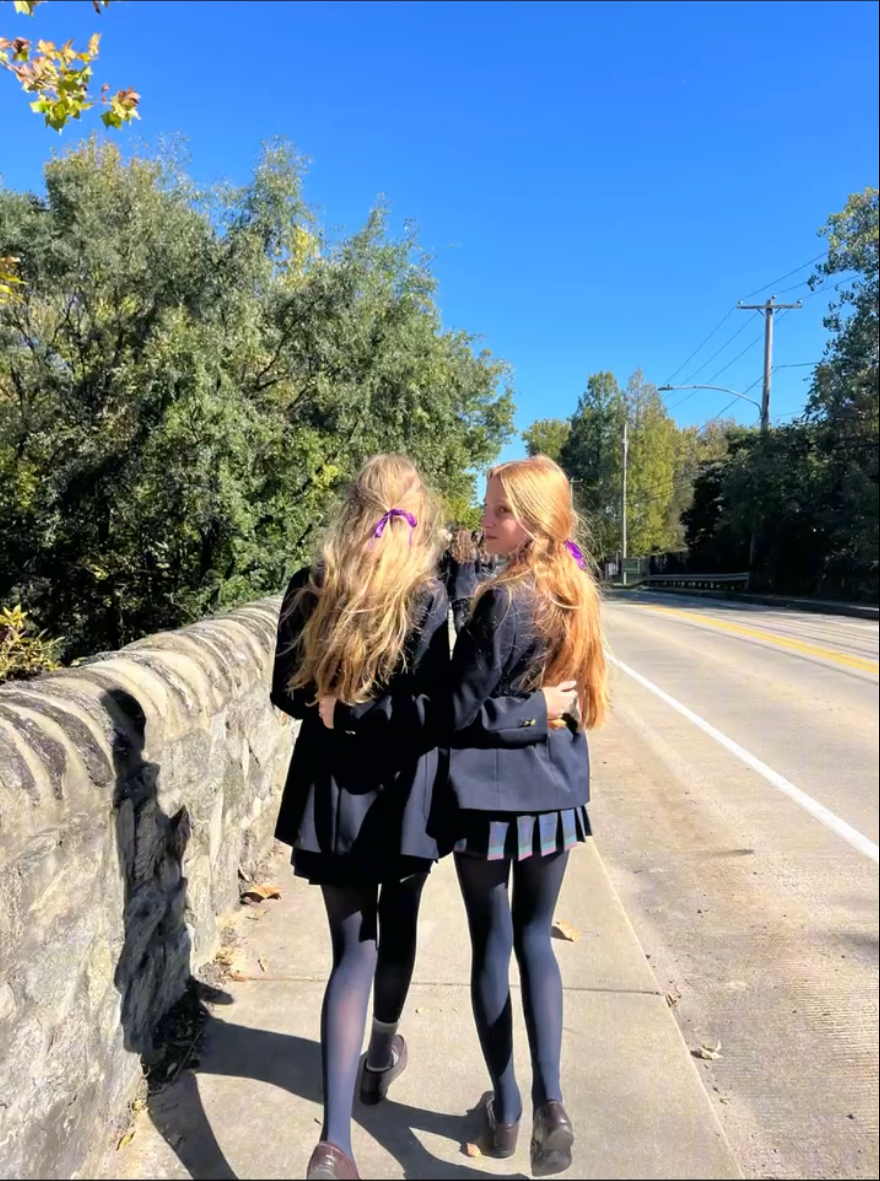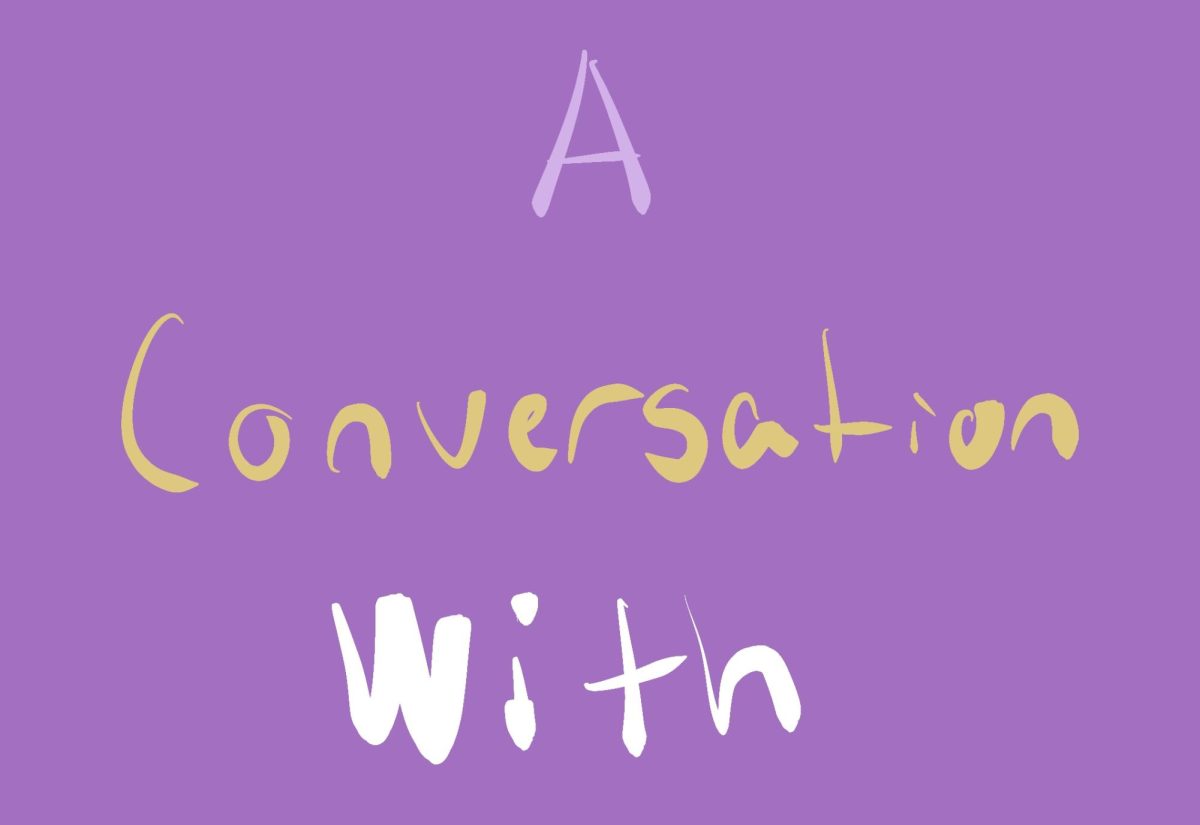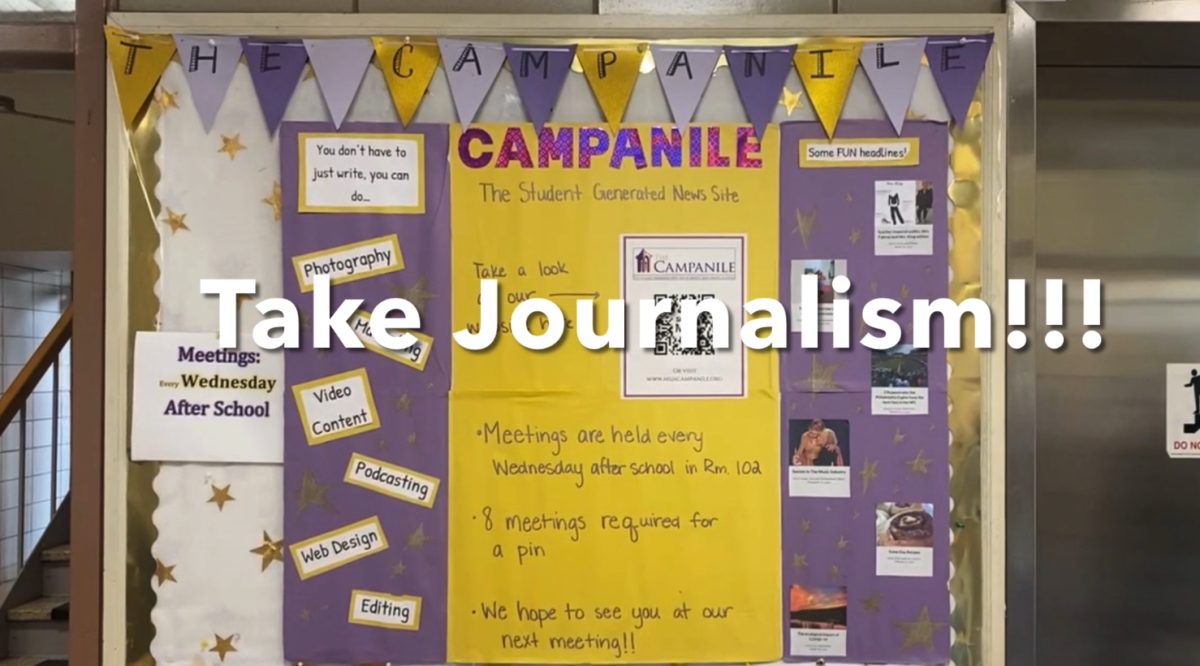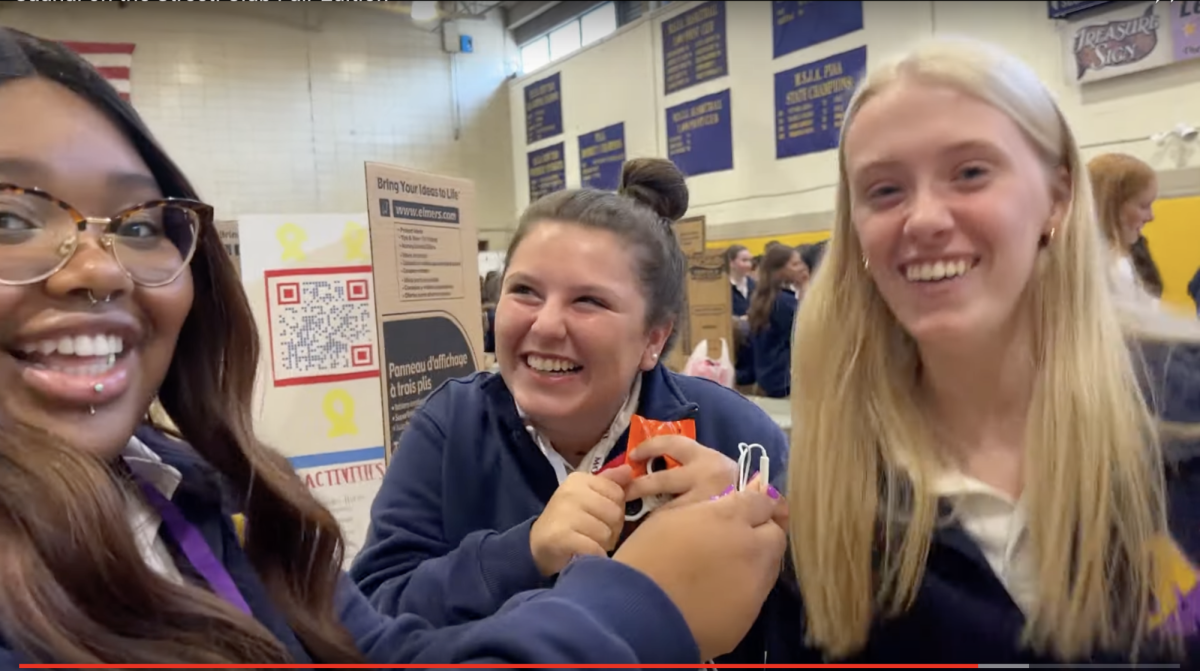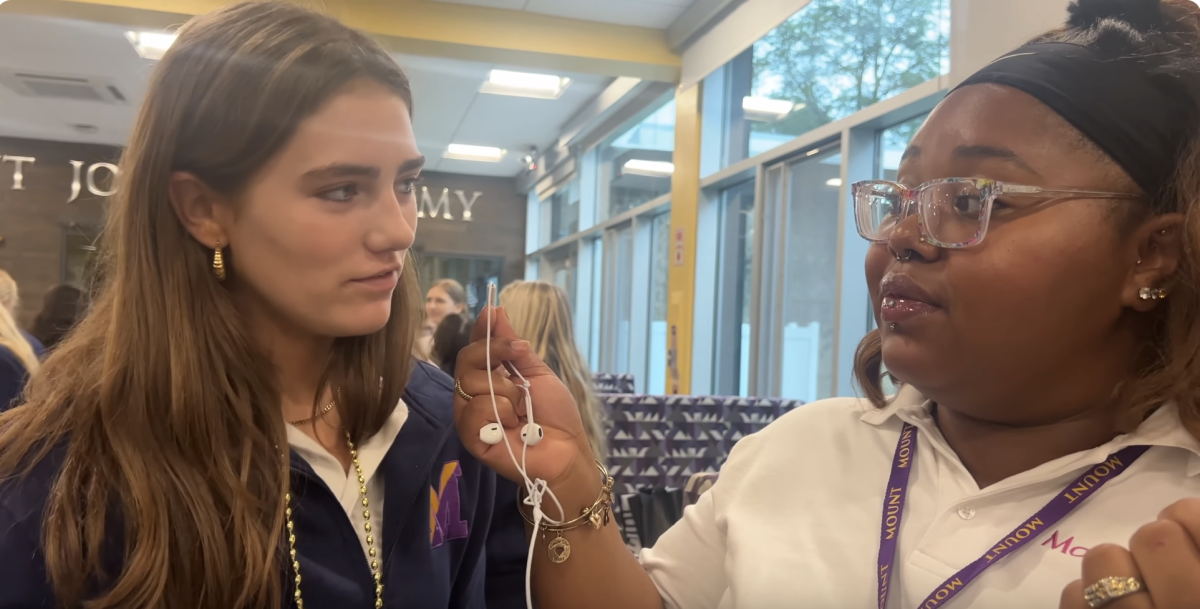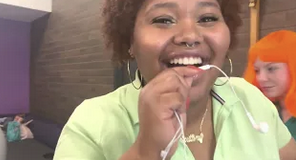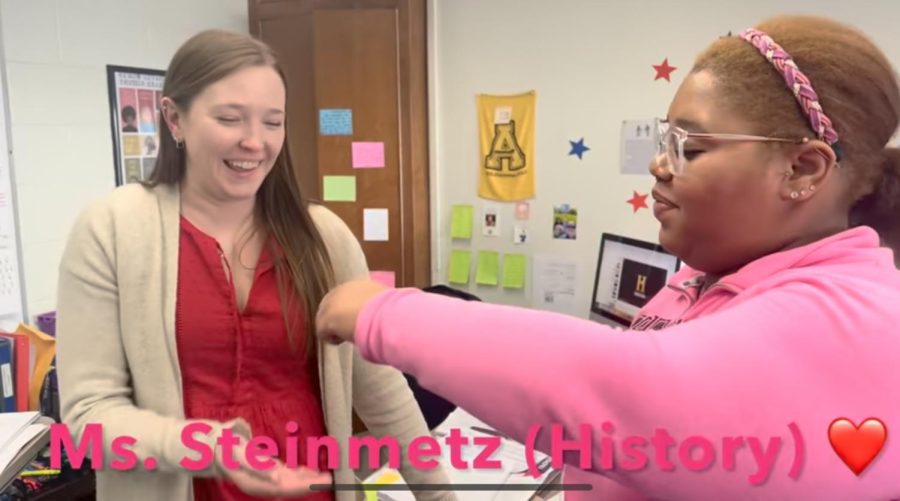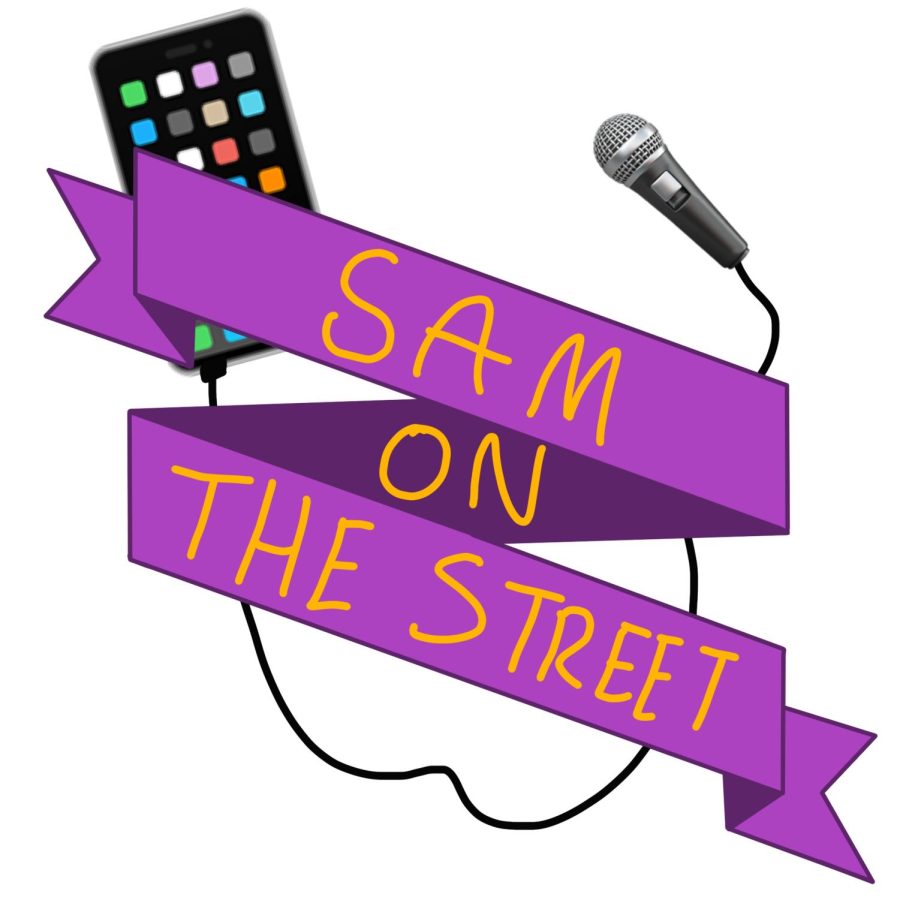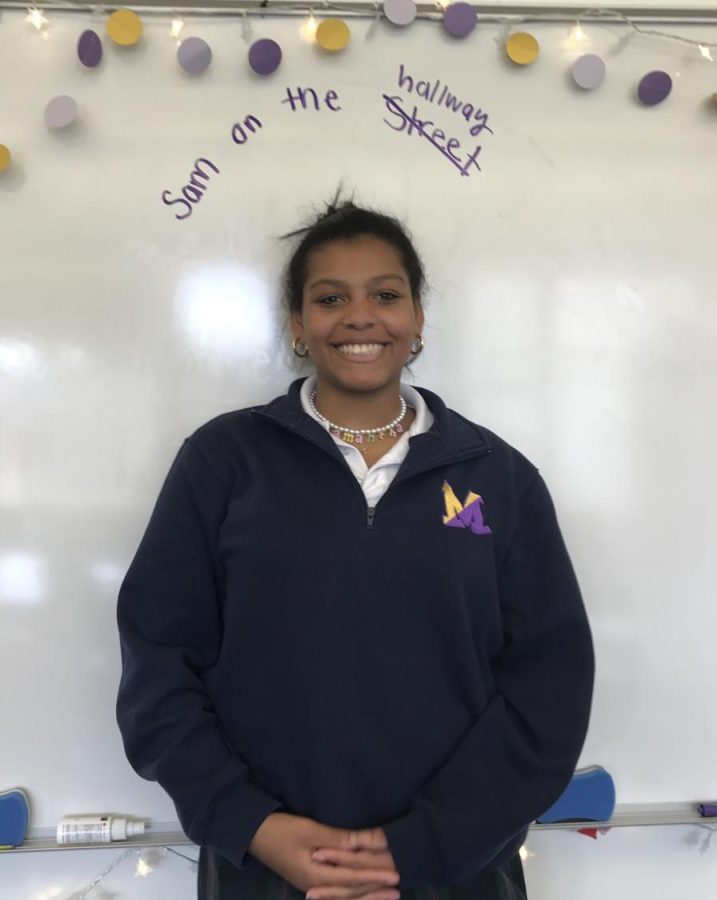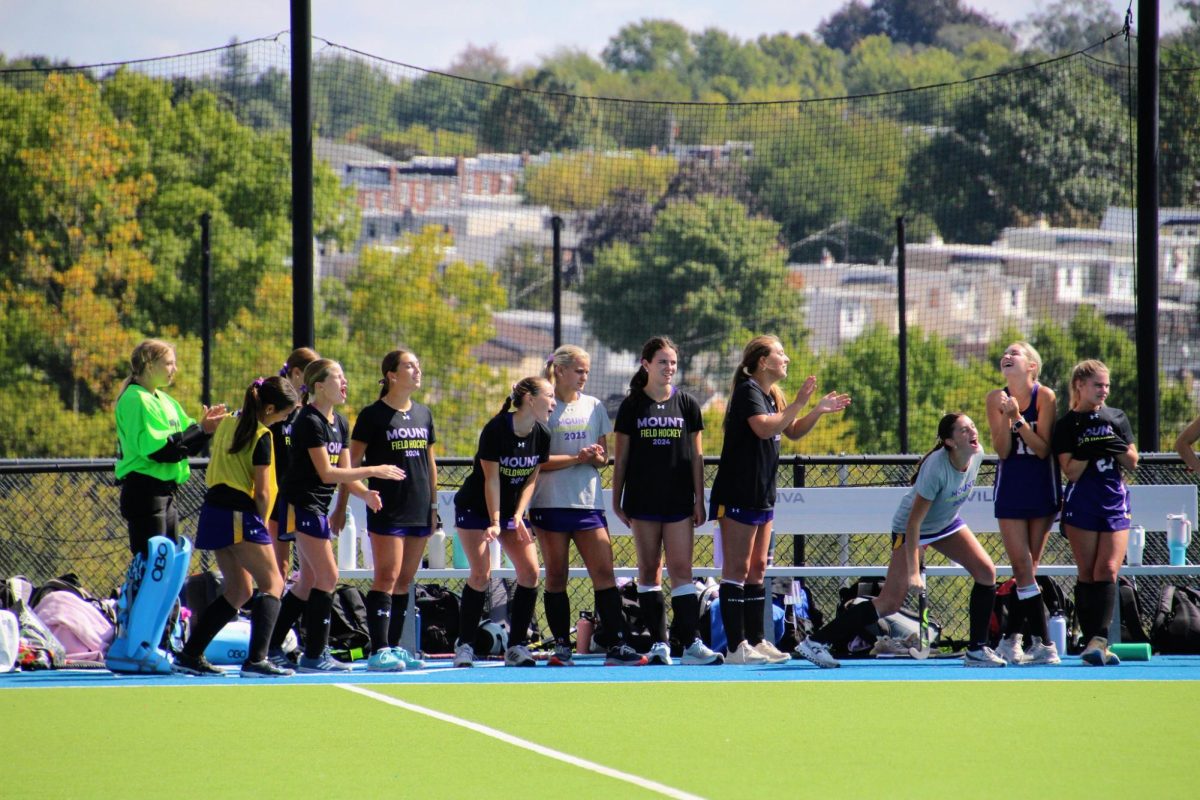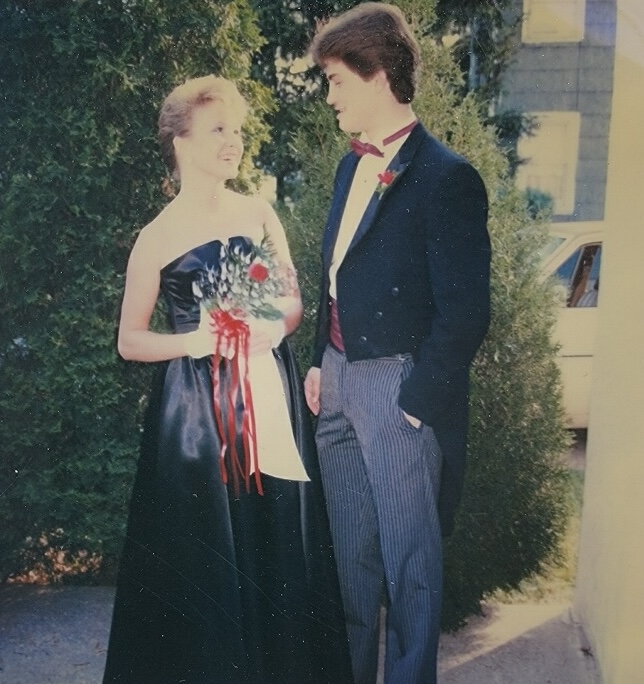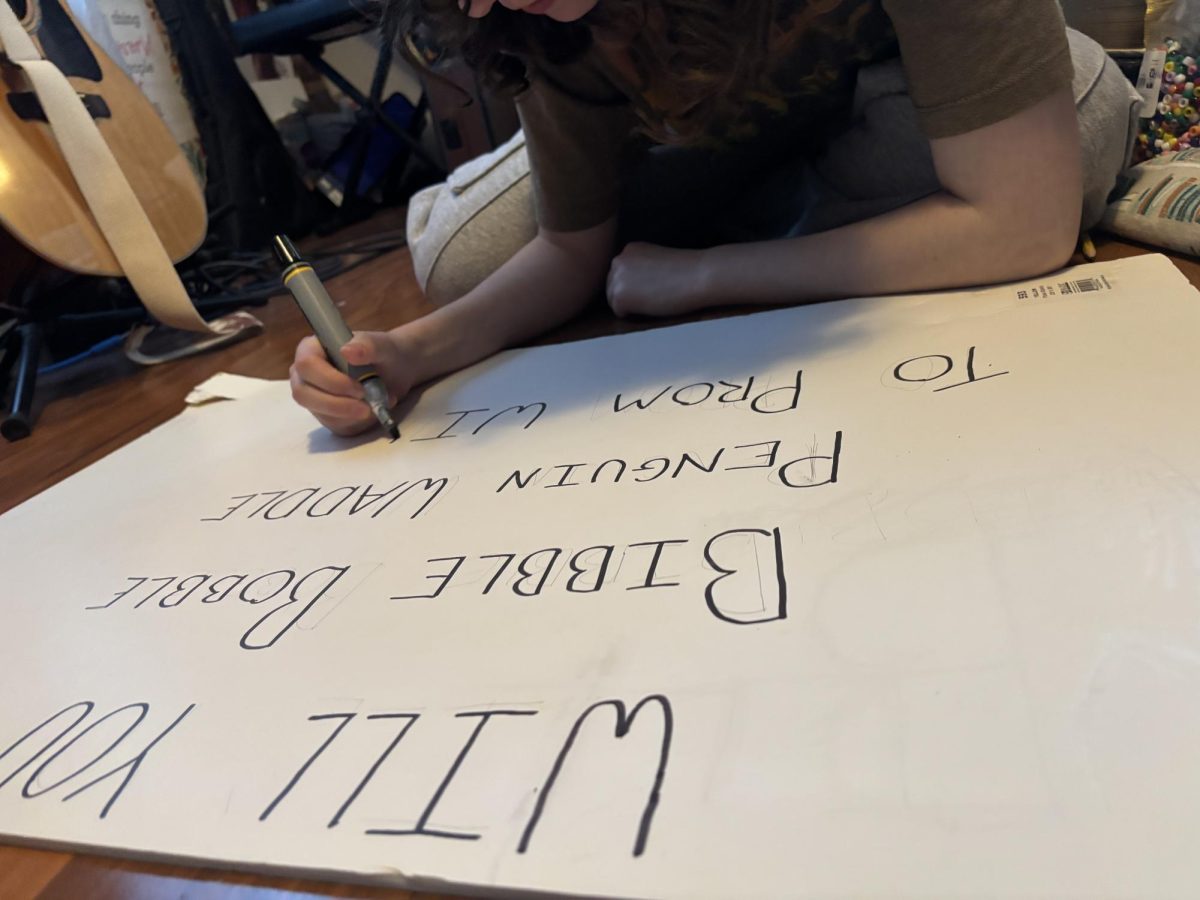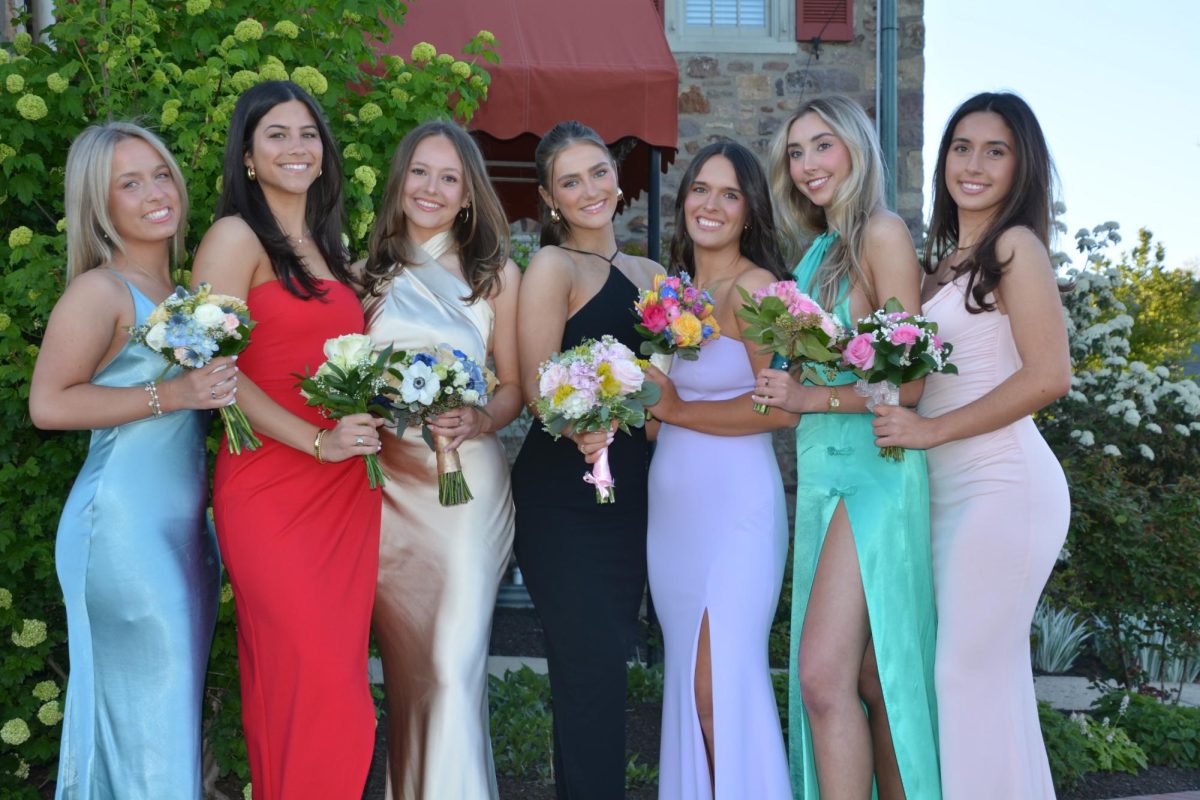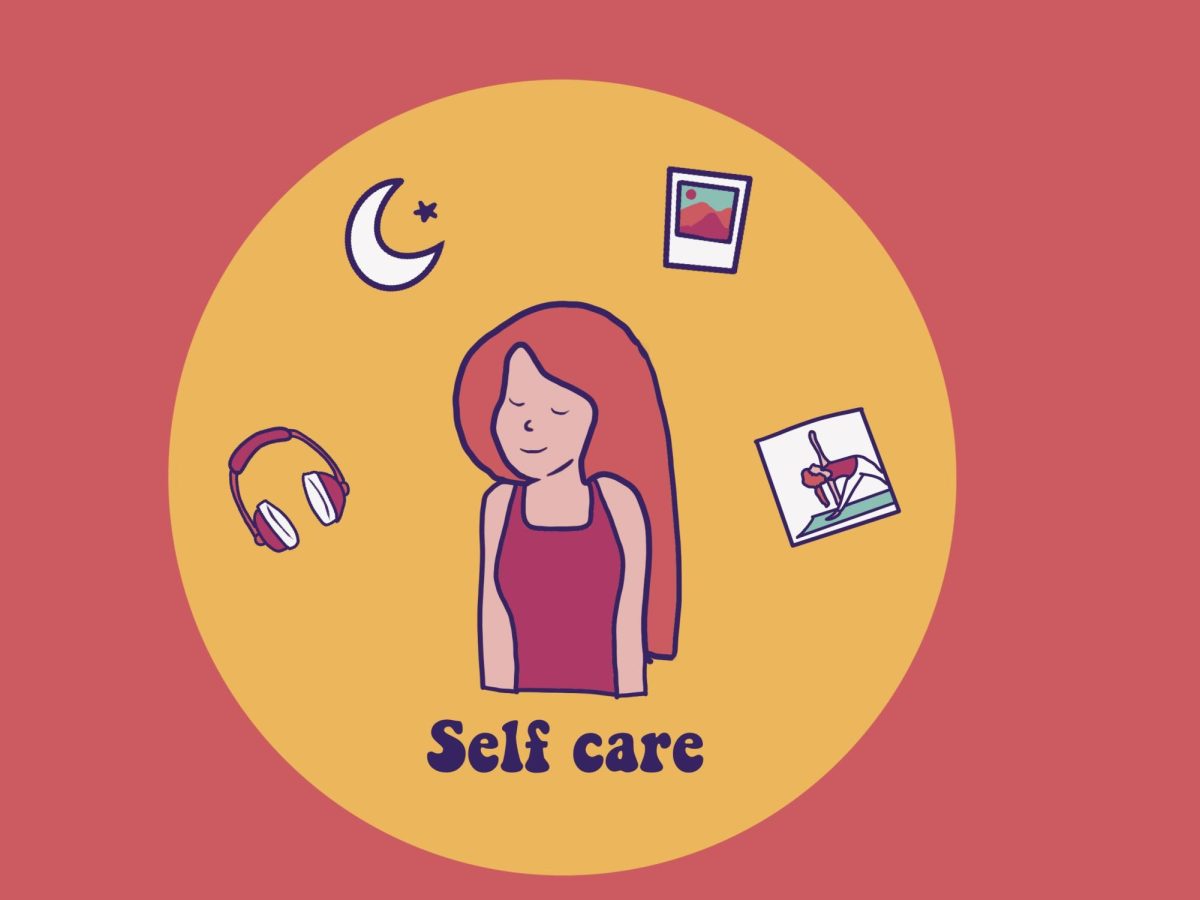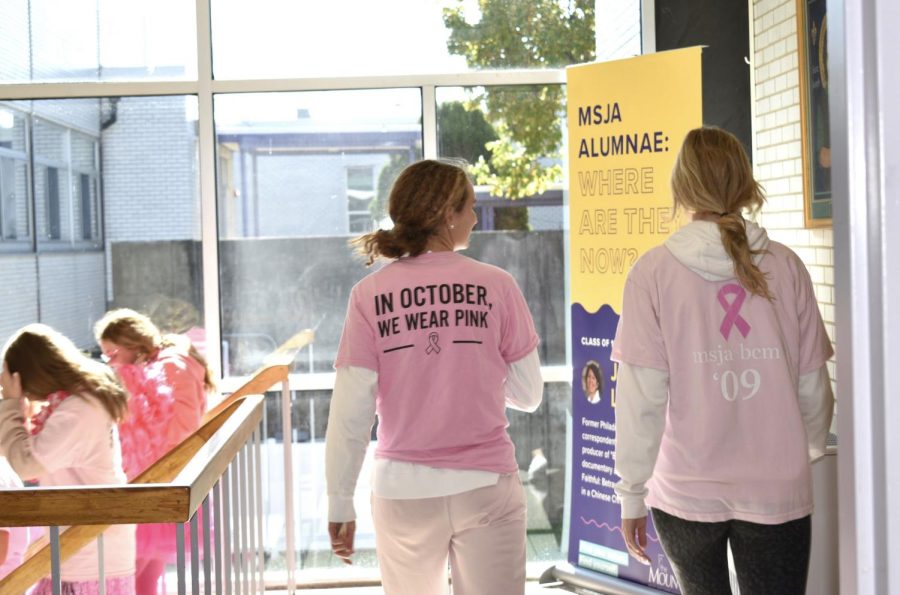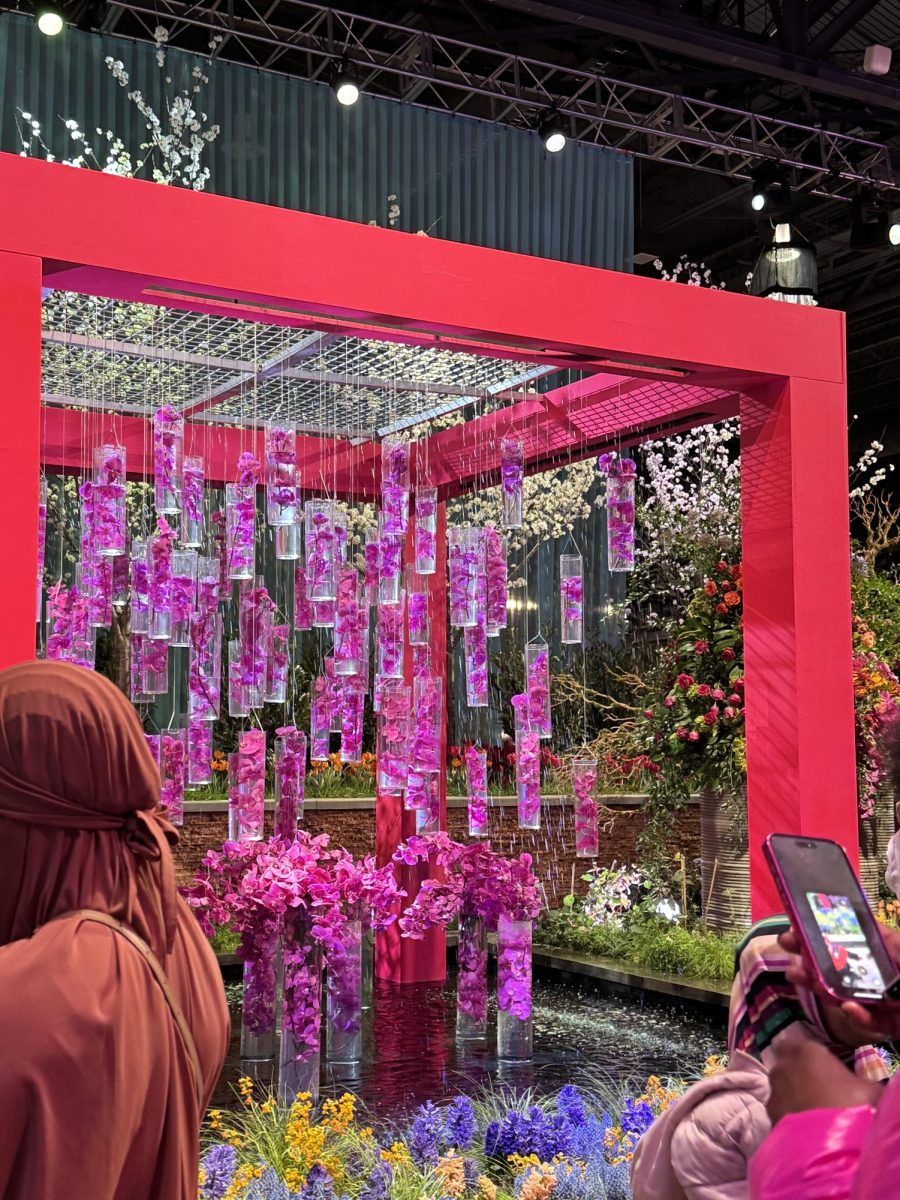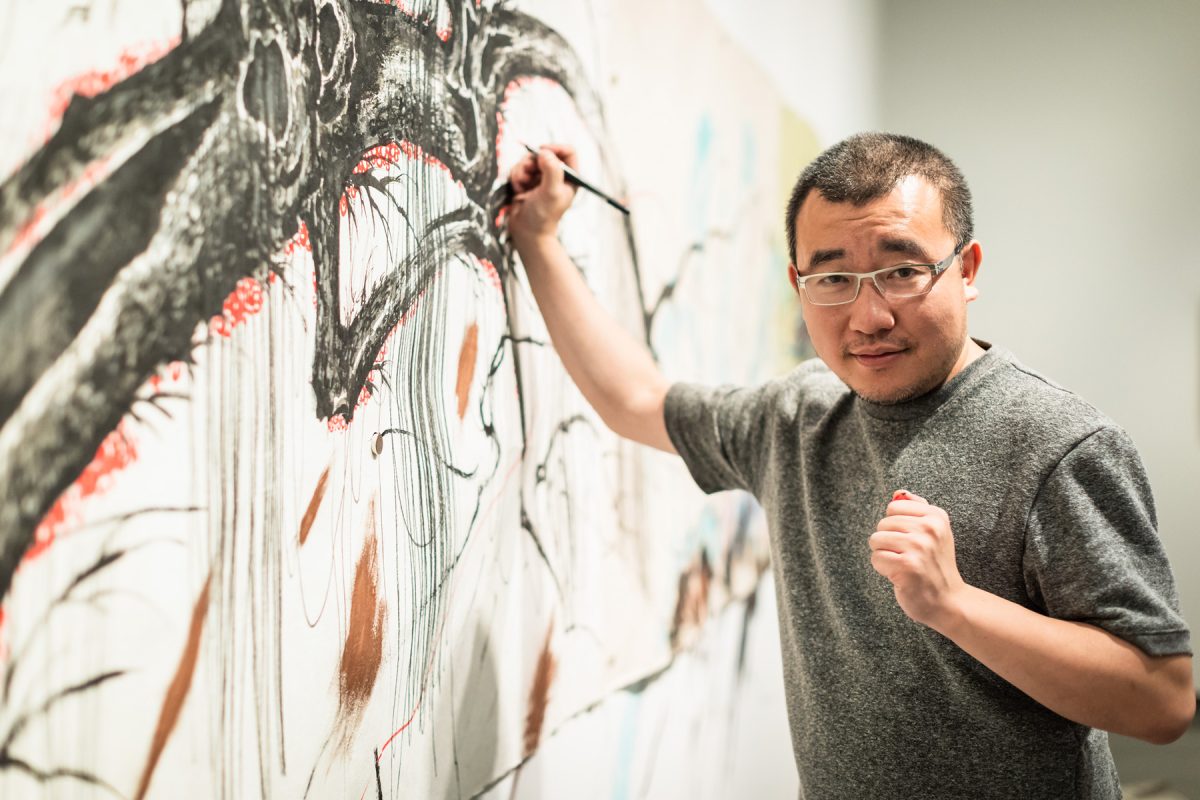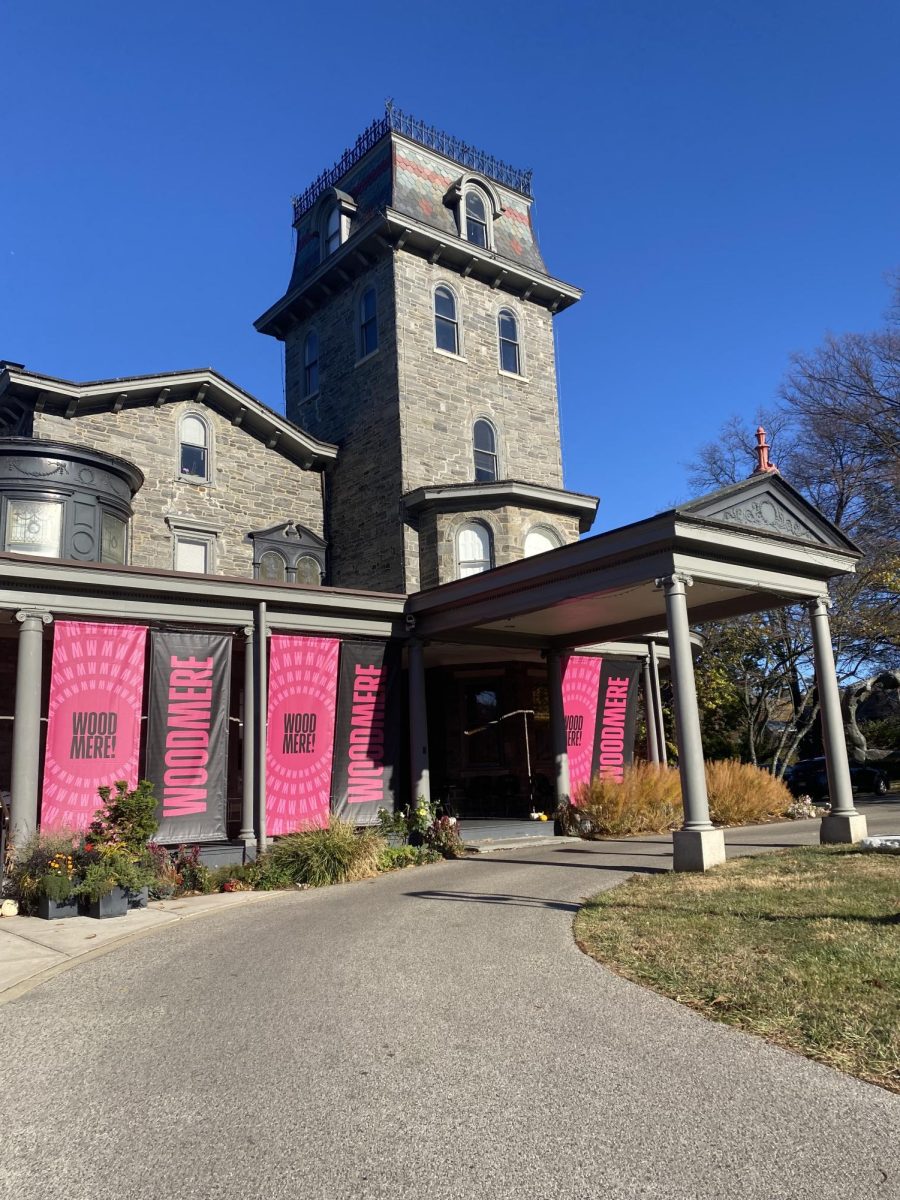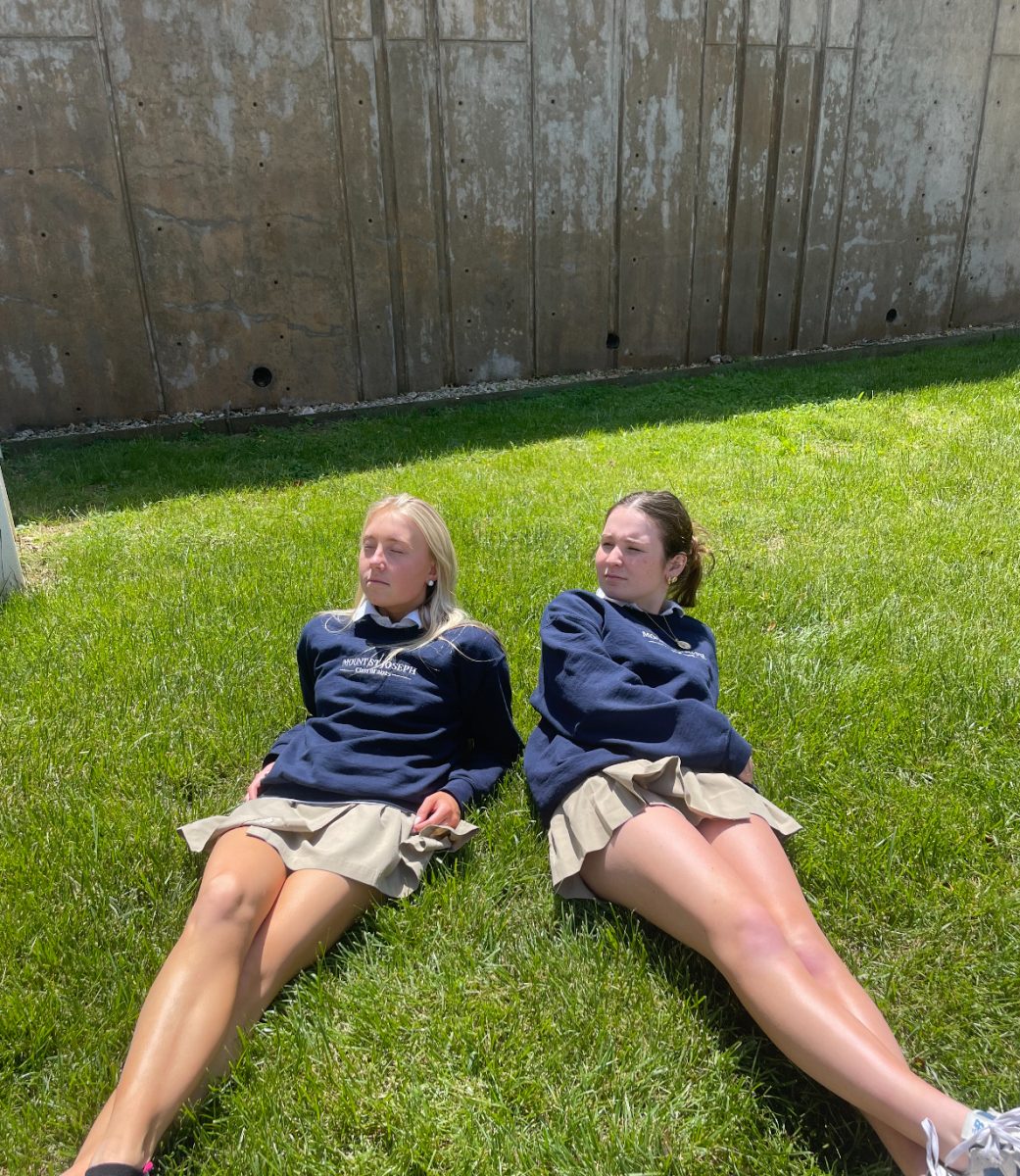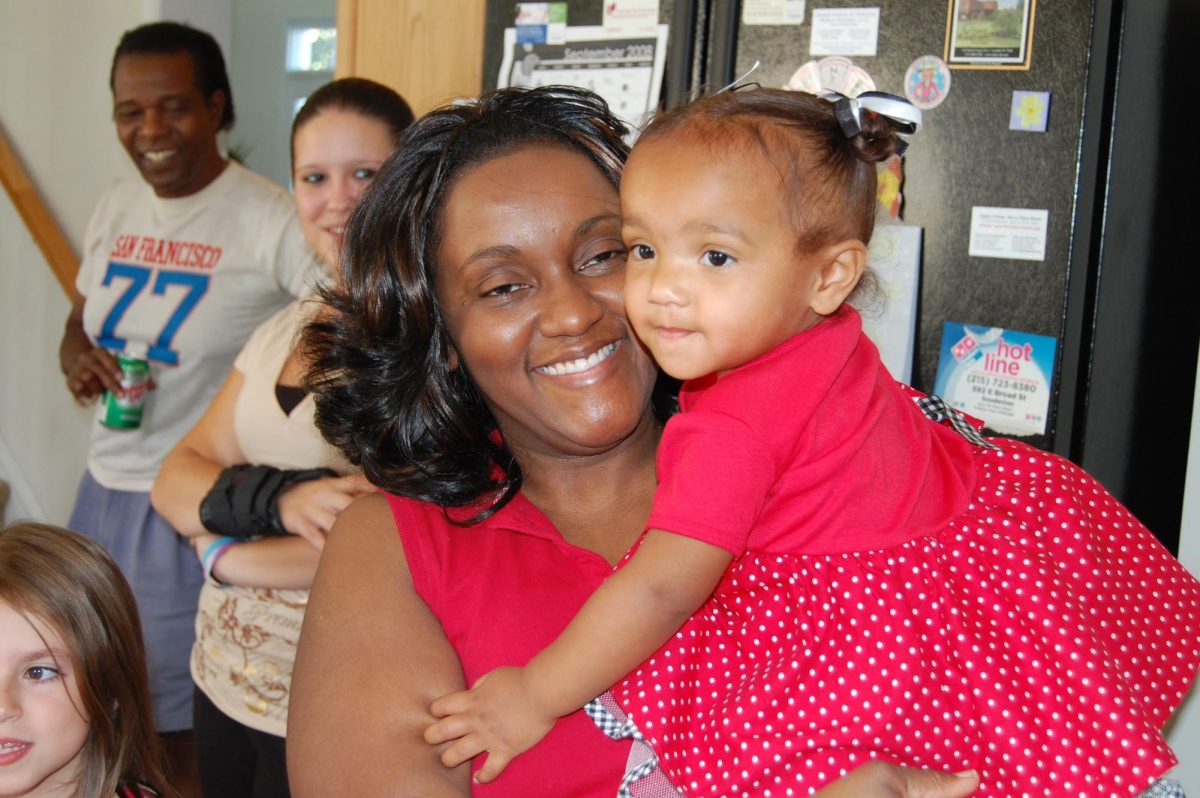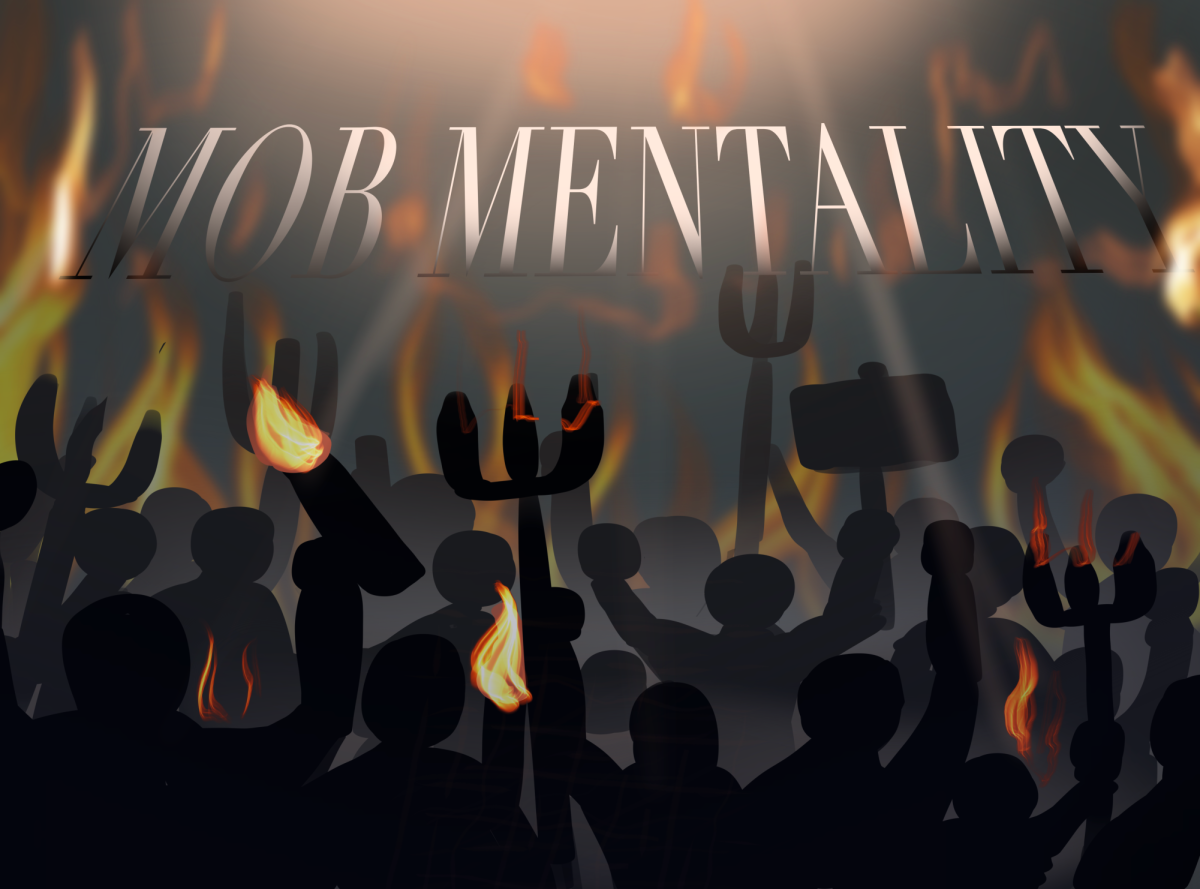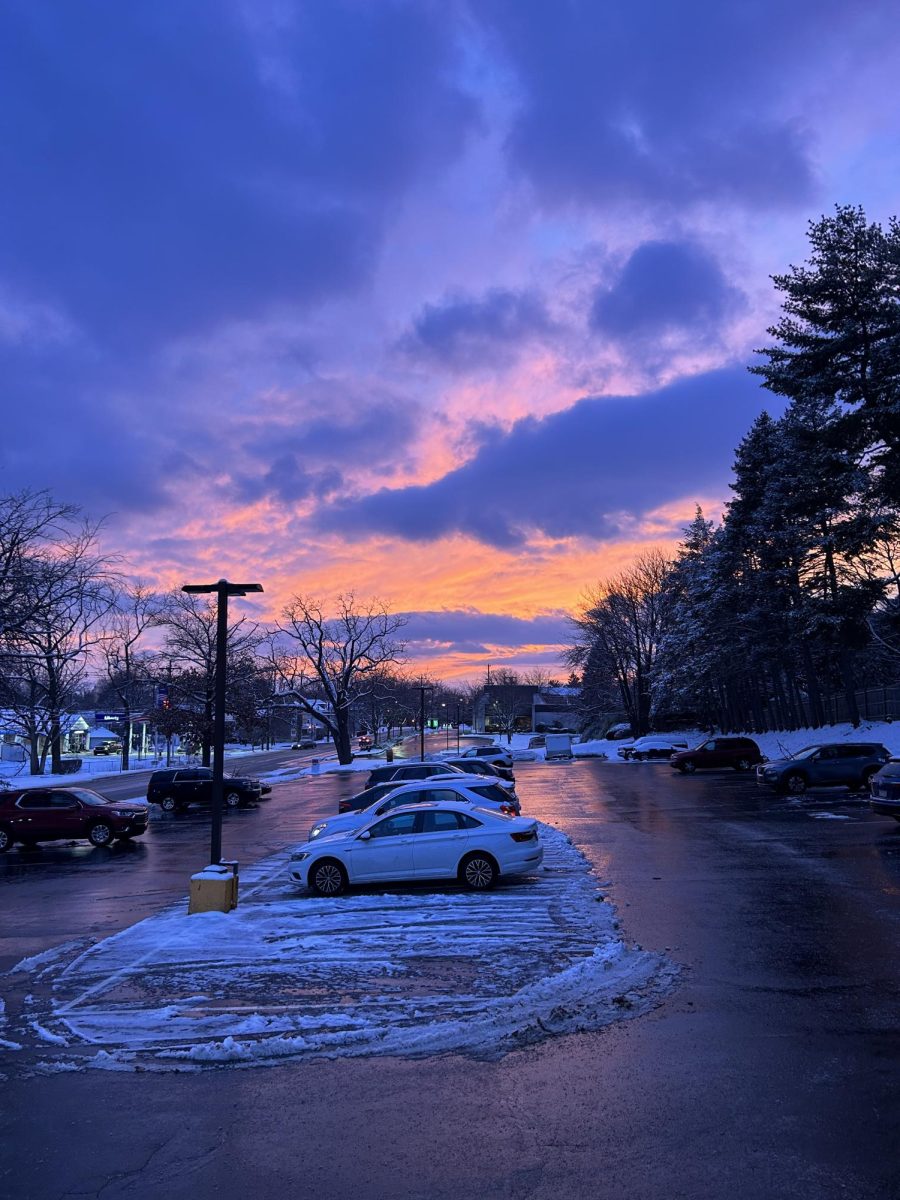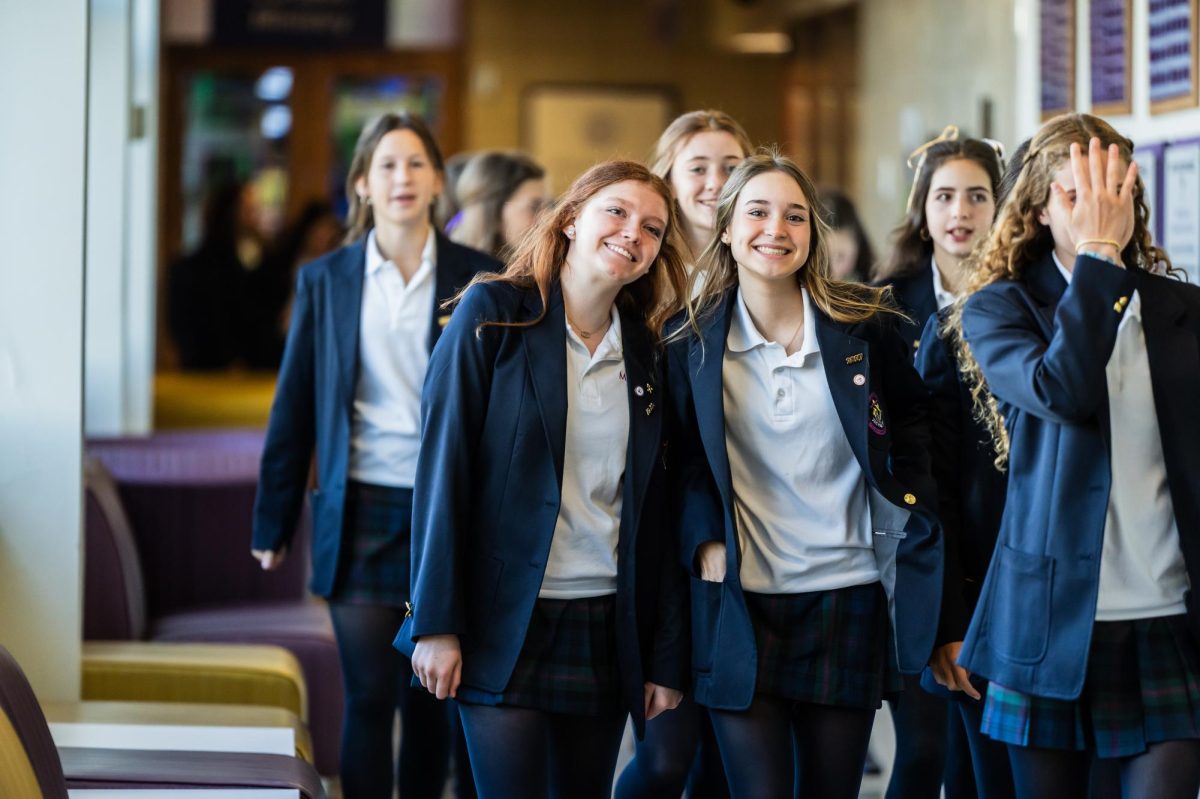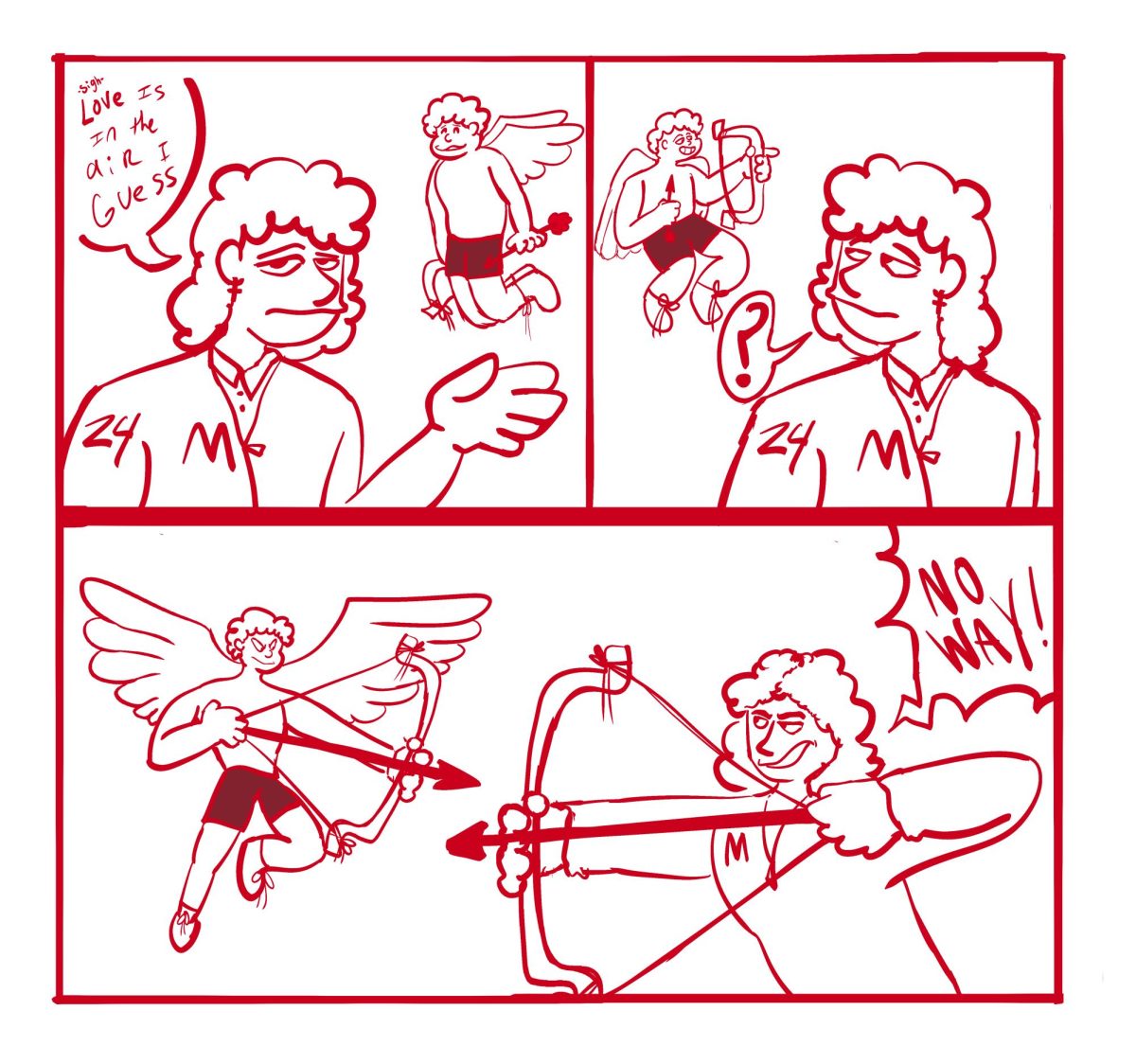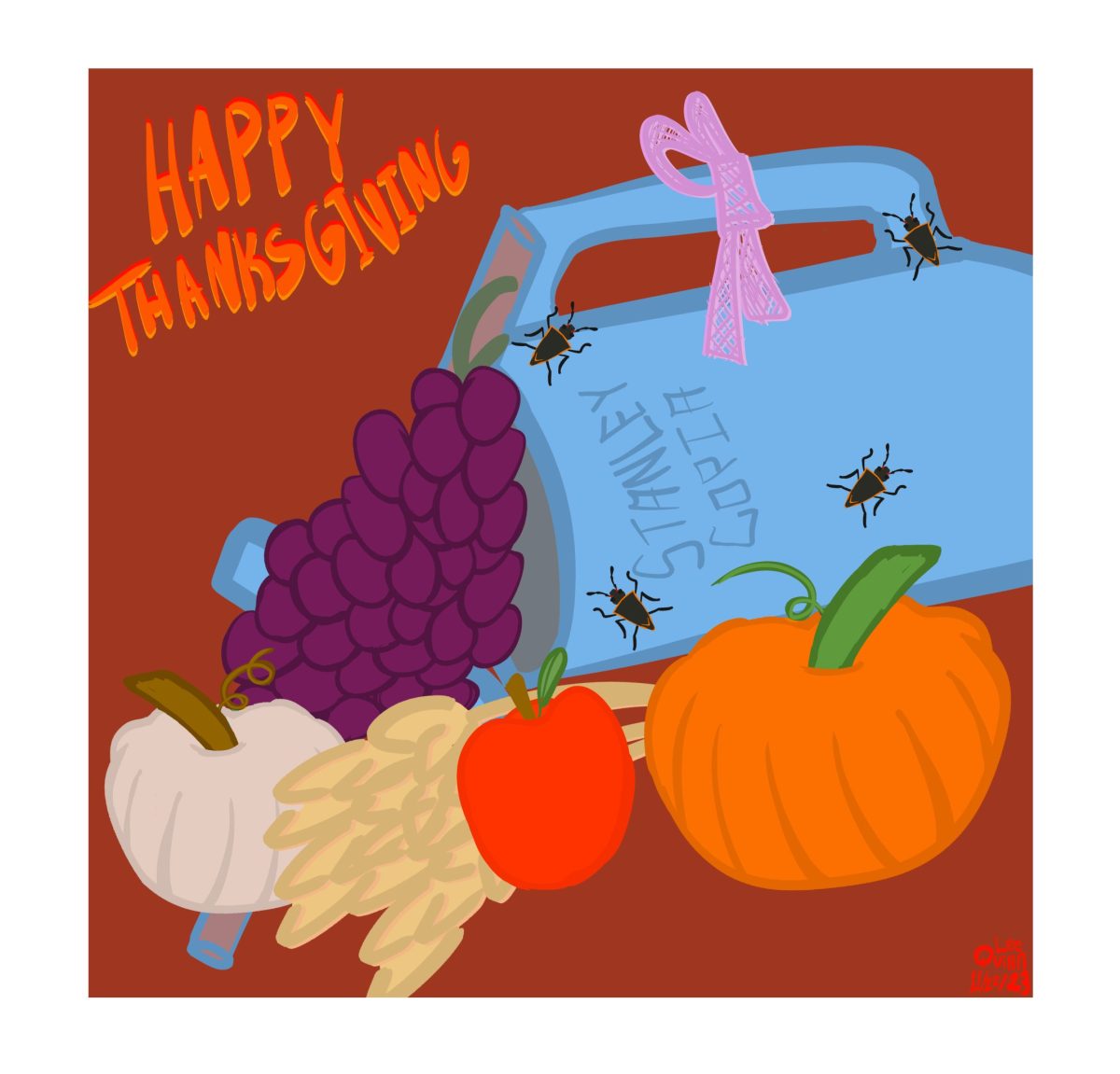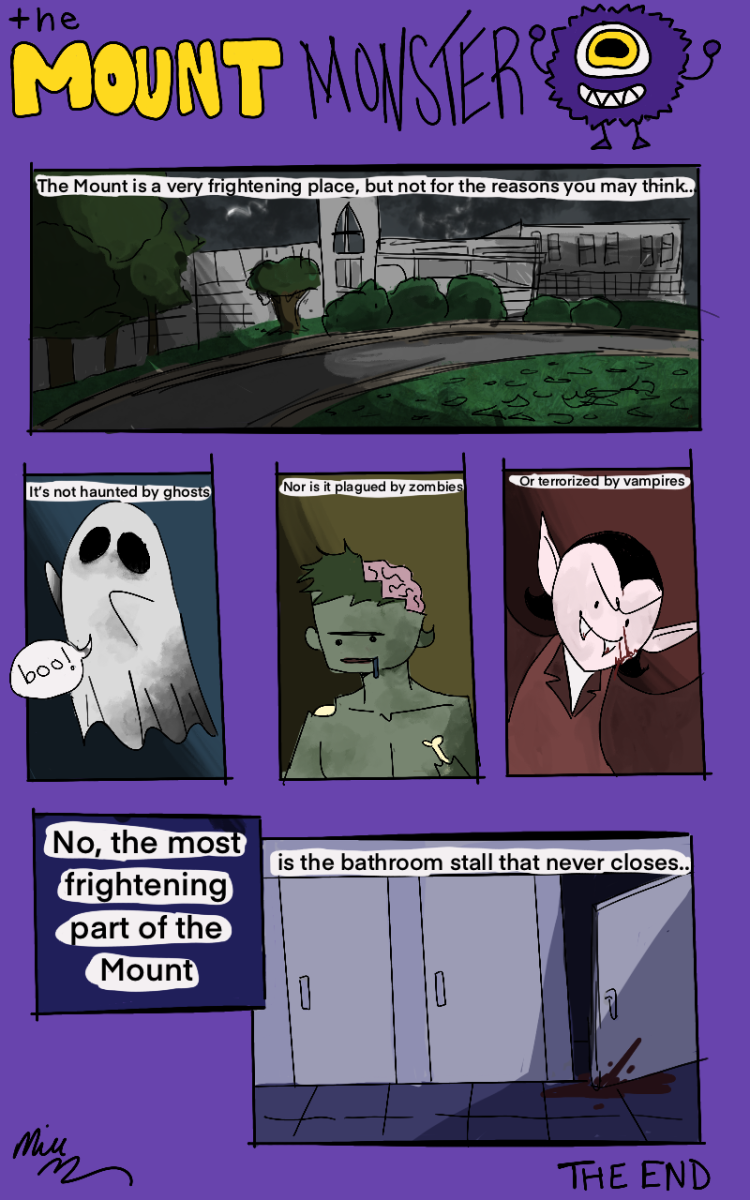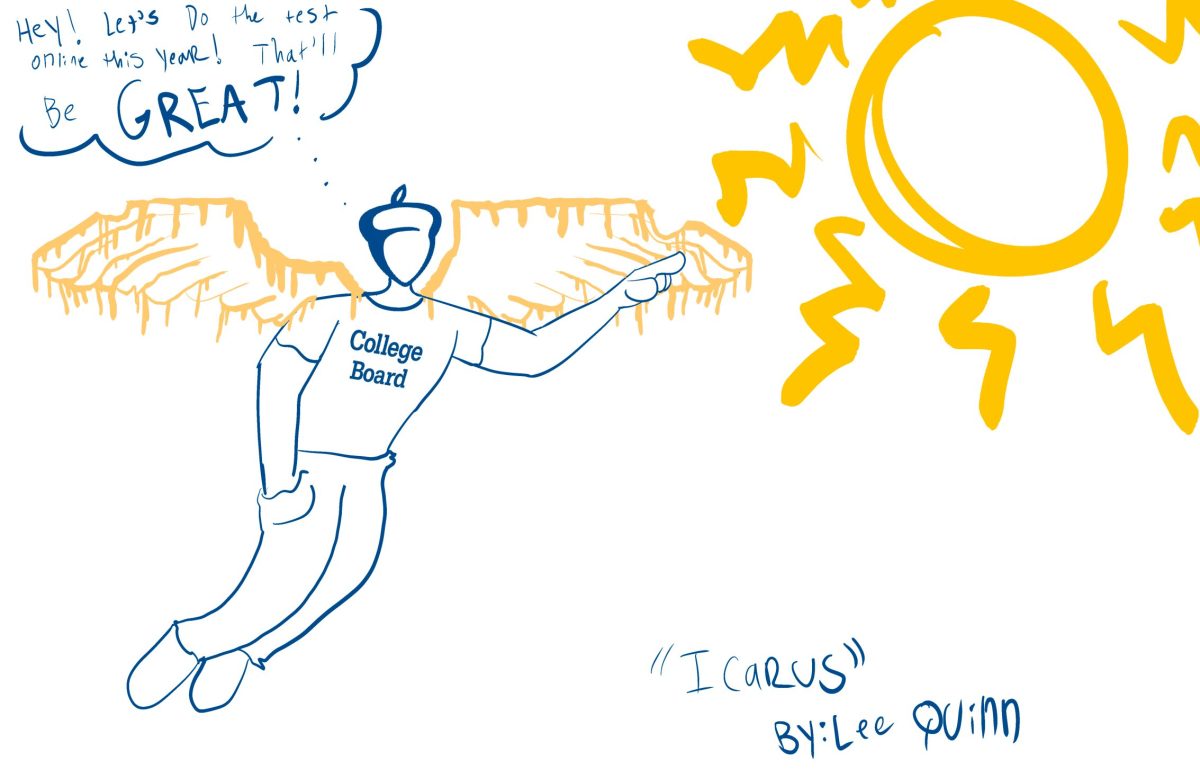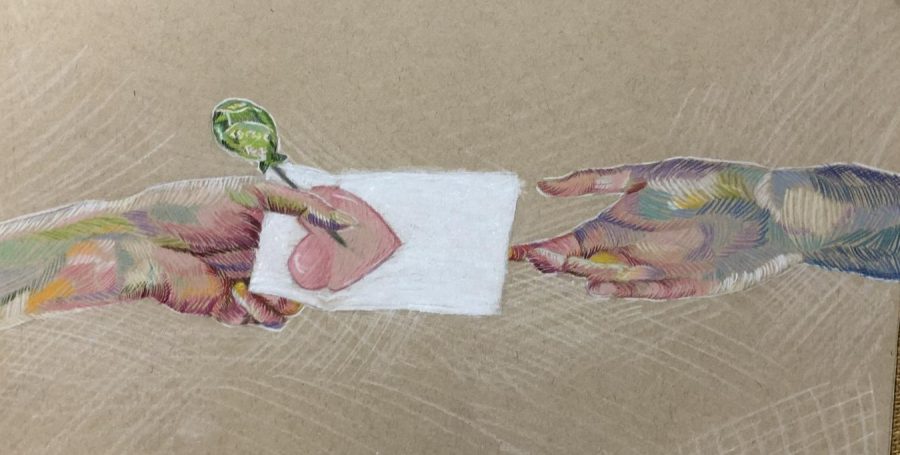Area students navigate hybrid learning models
Students from area schools navigate learning in the age of COVID-19.
Students all across the country eagerly awaited their school’s decisions for the 2020-2021 school year. Teachers, parents, coaches, and schools were affected by these decisions: virtual, hybrid, or all in-person learning. While every school is struggling to figure out what to do in these unprecedented times, the students are struggling even more to adjust to the new aspect of normal.
Schools in the surrounding area had to make the tough decision in choosing what the best learning option was for their students. The Mount was one of the lucky to go hybrid. The Mount faculty and staff worked diligently over the summer to provide a safe and healthy environment for their students. Every school took a different approach to following the appointed guidelines.
“The hybrid model allows the Mounties to attend school and to have in-person interaction with their teachers and peers while reducing the potential for likely COVID infections” said Major John Turner, Mount Saint Joseph’s Academy Covid-19 Health coordinator.
Similar to the Mount hybrid schedule, Lasalle takes on the virus with half in school and half online classes.
Billy Manchester, a senior at Lasalle College High School, describes both the pros and cons of hybrid: “I don’t mind the hybrid schedule, being able to sleep in is nice, but I also miss seeing my whole grade.”
Lasalle decided to take the approach of hybrid learning; however, they differ from the surrounding schools because they utilize a ten day class cycle. Manchester explains how he is easily distracted at home and finds he is more productive in the school setting. Manchester is also involved in sports and plays football, which offers him a connection to classmates he would not be able to connect with school with.
For students at Lasalle that don’t play a sport, connecting with classmates becomes a challenge. Although hybrid allows some interaction between teachers and fellow students, there is still a disconnect between the school community. As Lasalle continuously works hard to offer their students the best education during the pandemic, other schools are not as lucky to have access to the hybrid schedule.
Colby Macaione, a junior at The Agnes Irwin School in Rosemont, Pennsylvania started online school September 9th and plans to switch to fully in-person classes October 5th. Students at Agnes Irwin have class everyday from 8:30-3:00, with 15 minutes in between each class and a 40 minute lunch break.
Macaione struggled with online school over the 3 month period spanning from March to May, saying, “it was very easy for me to get distracted, I would spend half the classes on my phone.”
While most students faced this problem, the effects were worse for Macaione. She had always struggled with paying attention in class, but with online school she lacked the presence of a teacher, forcing her to stay on task. While her classes vary from 2-6 periods a day, she still spends about 6 hours on her computer doing schoolwork and homework assignments.
Macaione struggles to start her homework after a day of sitting on the computer, saying that she “lacks the mental capacity to do anymore work.” She has observed the serious mental strain that online school has taken on her, and she has lost the desire to be the best student she can be.
Balancing school work on top of soccer and lacrosse has become a huge challenge on Macaione, she finds it even harder knowing that even though she is going to all these practices, fall sports will not even be able to play games until the spring, when they will have a semi-league season.
“I zone out so easily, and get the worst headaches. I loved being in class because there was a routine…I mean, I still get to go to soccer, but it’s not the same.” said Abington High School junior, Ella Sanni.
Sanni struggles with adapting to all-virtual, although sports are a welcome distraction. Families, as a whole, will have to adapt to a full online learning environment as well.
Stacey Sanni, mother to Bing Junior Ella Sanni, describes the struggles of having her children at home during school hours: “It’s a challenging experience for me with having a full time job, battling with sounds from all of us in the house, and the upkeep of the house is more prominent with having my daughters home all day.”
Sanni said that she is nervous for Ella being a junior in high school and suffering from the “education barrier” she feels virtual learning has put on students. The battle of schoolwork all day and homework at night has put a tremendous strain on students across the country.
There has been a growth in suicidal rates of young teens, screen time is exhausting student’s minds, and socializing skills are being lost behind screens.
“Teenagers are in a developmental space where it is critically important that they have regular contact with their peers and are able to develop close and ongoing relationships with adults outside the home, such as their teachers, their coaches, their advisers” adolescent psychologist Lisa Damour said in an interview on NPR, “Morning Edition.”
Stacey Sanni, mother to junior Ella Sanni, describes the struggles put onto her kids “At home all day from 7:50 am to 3:00 pm for these Abington students, plus all the homework in the evening, is so challenging to watch as a parent. It’s like a prison for my kids, there is no where to go!”
Even though hybrid is perceived as a better option, Mrs. Manchester, mother to Lasalle Senior Billy Manchester also said, “I’m a teacher at Copper Beech and I have to teach all virtually. I understand the struggle for students being online for hours, but I also understand the social barrier for hybrid students being split from their classmates.”
Everyone has been wondering as a state, as a school, and as a student body: when will this pandemic end? The new norm of learning has put a barrier on students, and as we can tell; it’s not just Mounties.
Whether schools are hybrid or all-virtual, these unprecedented times spark an unsettling wave of nerves for students: When will I get to see my friends again? When will sporting events, pep rallies, fine arts, or all in person become the new norm? It is a time of patience, determination, uncertainty, and, most of all, change for students around the world.
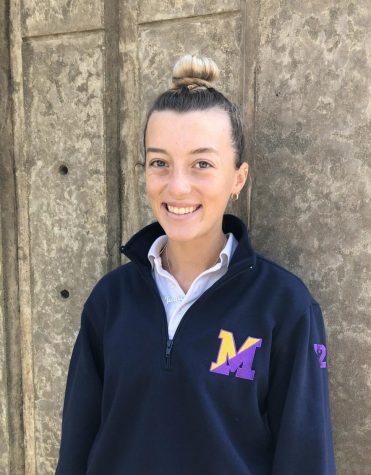
Jaylen is in her final year at Mount Saint Joseph Academy. She serves as a first year journalist for The Campanile, and is excited to explore the world...
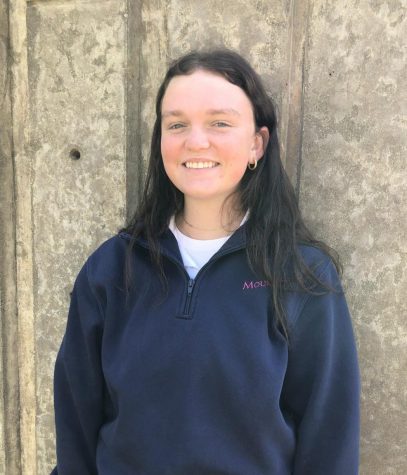
Jane Borneman is a junior at Mount. This is her first year writing for The Campanile. She spends her free time playing with her dogs, watching romantic...
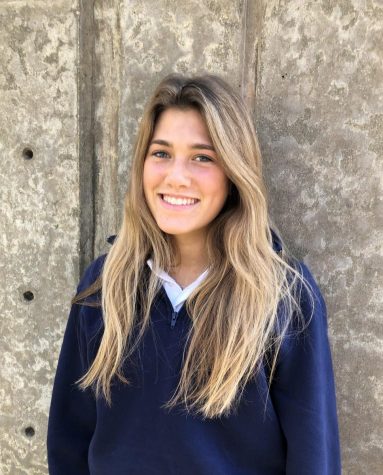
Emily Carr is currently a senior at the Mount and a first year writer for The Campanile. She is thrilled to be a part of this great group and gain a deeper...

